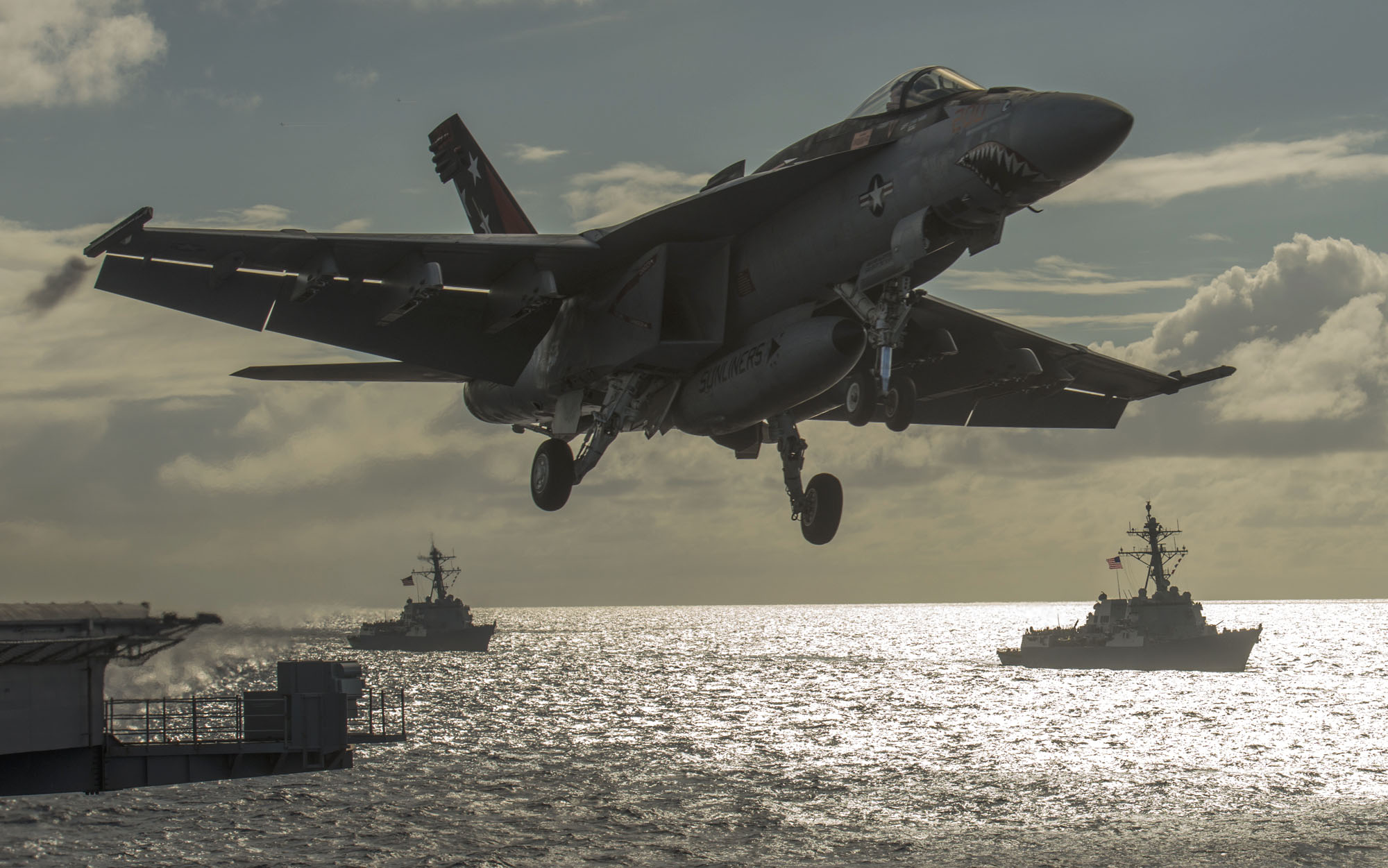
The House’s 2018 defense bill is likely to go far beyond the Pentagon’s spending request, with House Armed Services Committee chairman Rep. Mac Thornberry (R-Texas) telling reporters he wants to see a $640-billion top line for the base budget that would largely include items in the services’ unfunded priorities lists.
Thornberry said back in March that he believed $640 billion was the minimum needed to fund the right-sized military force, invest in readiness and continue important modernization programs. The Pentagon requested only $574.5 billion in base budget spending when it submitted the Trump Administration’s first spending request last month, and Thornberry said the House Budget Committee is eyeing a top line of $621 billion.
“I think $640 (billion) is what we need to address the problems that have developed from sequestration and the pace, the tempo of operations over the years,” Thornberry told reporters Thursday afternoon.
“For me personally, if I were to agree to a lower number, I would need some sort of added stability to the out-years. In other words, what we’ve done with the [Budget Control Act] is every year sort of scramble” to decide on a topline and then pass defense spending and authorization bills before the end of the calendar year, and Thornberry would be looking for a three-year agreement on defense spending levels to get rid of that uncertainty.
The chairman would not say a minimum spending amount he’d agree to or the exact conditions of a deal he would make with the chairmen of the budget and appropriations committees, but he said the Fiscal Year 2018 National Defense Authorization Act as it stands today allows $640 billion in spending but that the number could drop between now and next week if a deal were reached.
“If we can get to a point where we don’t have these draconian cuts hanging over our heads, there is a value in that,” he said.
Thornberry said the $640 billion in spending largely covers the unfunded priorities list, also called the unfunded requests (UFRs), that the services sent over following the formal budget request.
“What we had identified last fall when we first developed the 640 (billion dollar spending level) and the UFRs have a lot of overlap; I wont say it’s all the same stuff exactly, but there is, as you would expect, a lot of overlap,” Thornberry told reporters.
For the Navy, that would mean a significant boost to aviation spending –10 F/A-18E/F Super Hornets, for a cost of $739 million; six P-8A Poseidons, for a cost of $1 billion; and four F-35C Joint Strike Fighters, for a cost of $540 million, USNI News reported.

The inclusion of these fighter jets takes on an especially significant meaning for Thornberry, in light of the “physiological episodes” the Navy has been experiencing with its F-18 fleet, where pilots experience either hypoxia from receiving insufficient or contaminated oxygen or decompression sickness from cabin pressure issues related to the Environmental Control System.
The Navy has said it is taking an unconstrained resource approach to solving this problem, but naval aviation leaders still have not identified a root cause and therefore a permanent solution.
“I tell you what, if it were a question of putting more money into something, we’d do it, because there is a high sense of urgency to find out what the problem is and fix it,” Thornberry told USNI News at the press event.
“There are a number of members, including Mr. Gaetz from Florida, who are on this issue every week, talking in that case to the Navy about where we are. I do think it’s important that the Navy released a report the week before last that says four folks died over this issue. I’ve seen the charts that show clearly the problem is worse in older aircraft, so to me it adds even additional sense of urgency to modernization, which is the only way to fix some of these readiness problems. But in the mean time, every resource – the Navy says they are putting every single thing they can to identify what the problem is, but at any point if they identify more money, more authorities, anything else to speed this up, we’re with them because it needs to be fixed.”
Additionally, Thornberry said the bill provides a 2.4-percent pay raise for troops, which is mandated by law, though the Pentagon’s request included just a 2.1-percent raise. He said it emphasizes missile defense and cyber spending, and includes “significant increases in critical munitions” spending – though the administration request sought to fill in munitions shortfalls and bring several programs up to the minimum sustaining rate to achieve cost savings, Thornberry said the Pentagon didn’t increase spending as much as they could have or should have.
The chairman said he tried to move spending on the European Deterrence Initiative (EDI) from the Overseas Contingency Operations budget to the base budget as a sign to Russia that “we’re not going to quit doing that any time soon” and to “send a clear signal to allies and adversaries alike that we’re here to stay.” He said the bill asks for a report from the Pentagon on the costs of permanently stationing troops in Eastern Germany, as opposed to the rotational presence the military has today.
Though the bill does not set up a formal fund for similar initiatives in the Pacific, Thornberry said the bill includes “more money on joint training, a whole variety of policy and funding commitments devoted to that region,” which basically amounts to an informal EDI for the Pacific.





